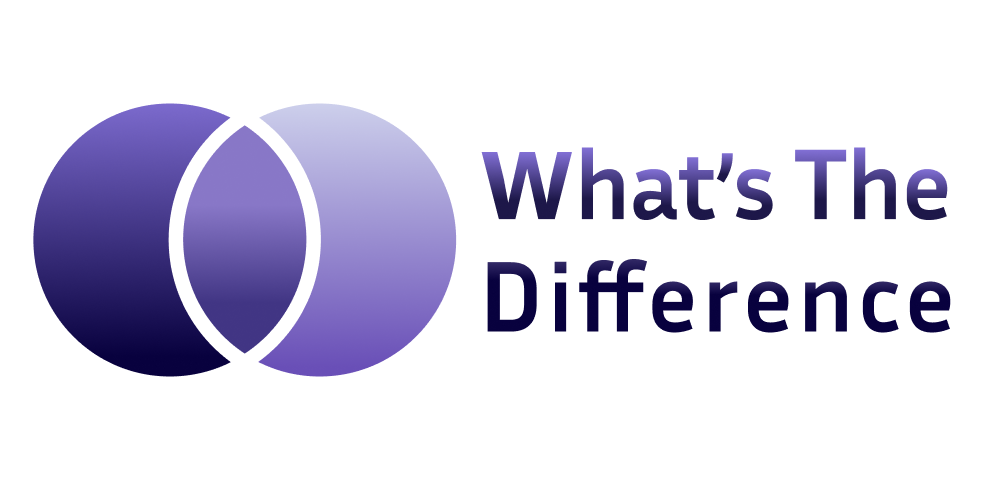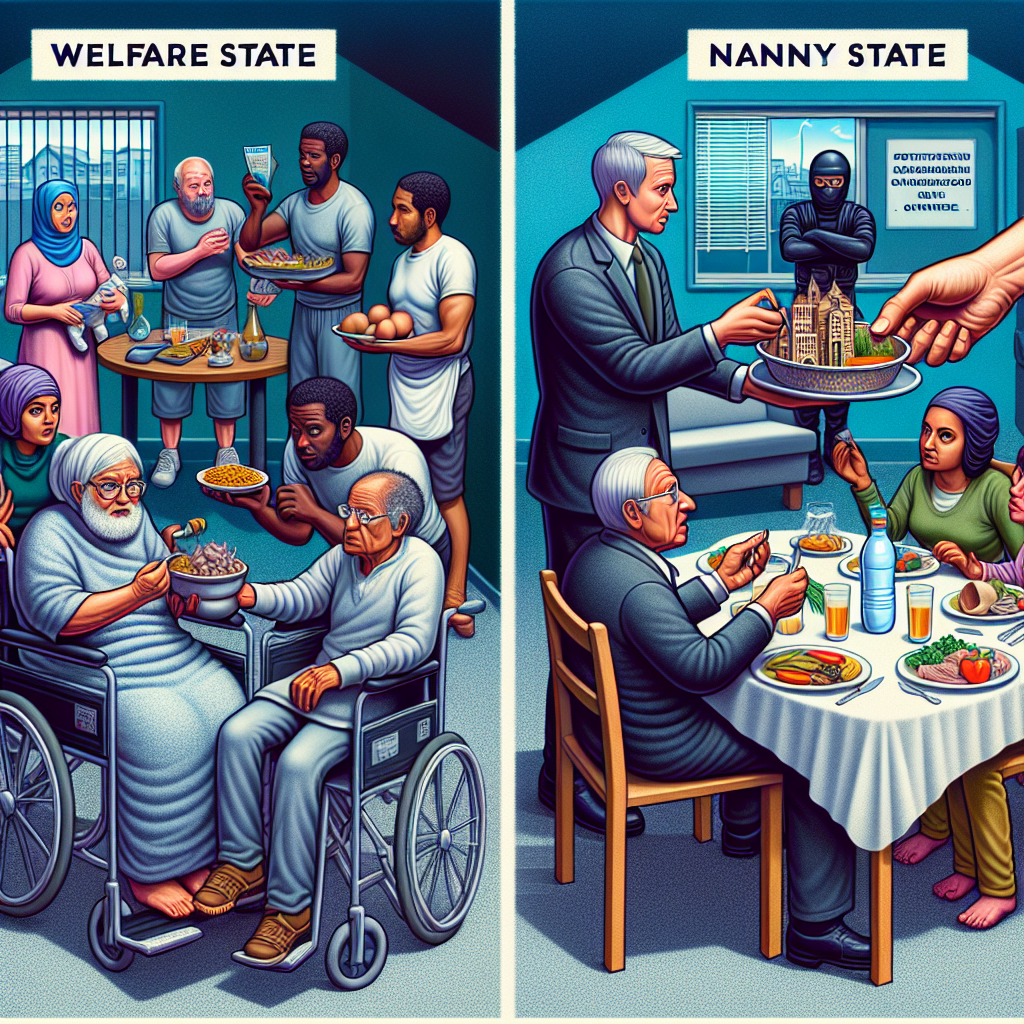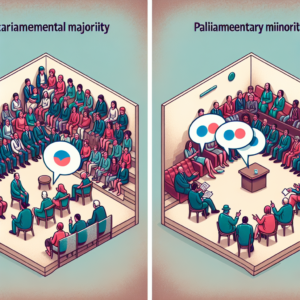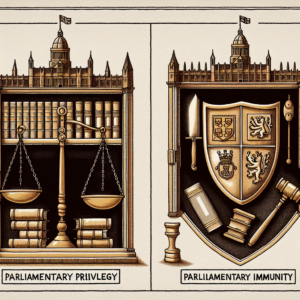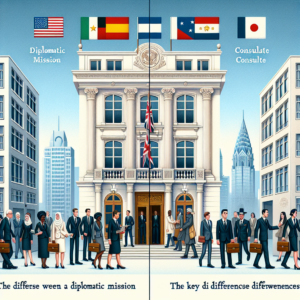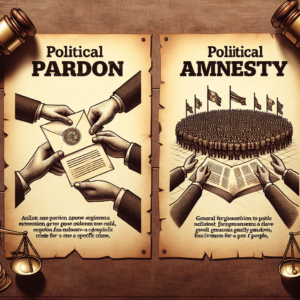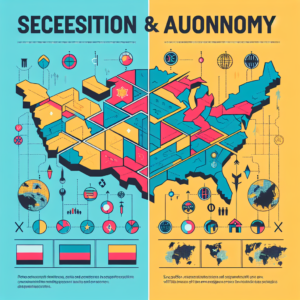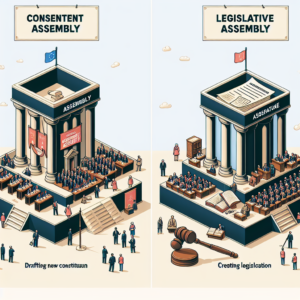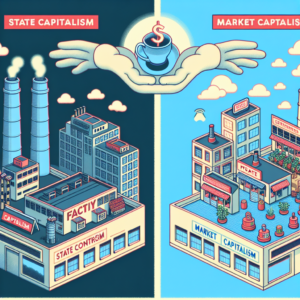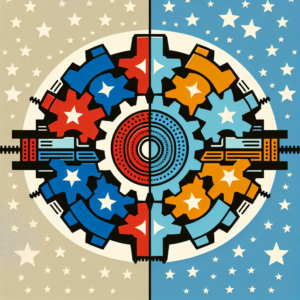Understanding the nuanced differences between various types of social and political systems is essential to making informed decisions about the kind of society in which we wish to live. Among these systems, the concepts of a welfare state and a nanny state often come into the discussion. However, while they may seem similar on the surface, the underlying principles, implications, and applications of each are distinctly different. But what is the difference between a welfare state and a nanny state? Let’s delve into each concept to gain a clearer understanding.
Understanding the Concept of a Welfare State
A welfare state is a form of government in which the state plays a key role in the protection and promotion of the economic and social well-being of its citizens. It is based on the principles of equality of opportunity, equitable distribution of wealth, and public responsibility for those unable to avail themselves of the minimal provisions for a good life. The state, under a welfare system, provides for the social and economic security of its citizens through programs such as healthcare, education, unemployment insurance, and social security.
However, the welfare state is not without controversy. Critics argue that it can create a culture of dependency, discouraging individual initiative and self-reliance. Proponents, on the other hand, argue that it is a necessary safety net that ensures all citizens, regardless of their socio-economic status, have access to basic necessities and opportunities. Despite these debates, it is important to note that the concept of a welfare state does not intrude on personal freedoms, instead it attempts to provide a level of security and equality.
The Nanny State: Definition and Key Differences
In contrast, a nanny state refers to a government perceived as overprotective or as interfering unduly with personal choice. The term “nanny state” is often used pejoratively to describe situations where governments are seen as making decisions for citizens that they might be better equipped to make for themselves. Examples could include regulations on unhealthy foods, smoking, or even seat belt use. The central notion of a nanny state is that the government is no longer simply a provider of services and a protector, but it begins to dictate lifestyle choices.
The key difference between a welfare state and a nanny state lies in the degree and areas of government intervention. In a welfare state, the government intervenes to ensure equity and provide for those who cannot provide for themselves. In a nanny state, on the other hand, the government intervenes in more personal aspects of life, often with the intention of protecting individuals from themselves. Mind you, these interventions usually stem from a place of concern for public health and safety, but critics argue it can lead to an overbearing state that infringes on personal freedoms.
Using the key phrase on focus, we could summarize this: The primary difference between a welfare state and a nanny state is the degree and manner of state involvement in the lives of its citizens. Welfare states focus more on social equity and providing basic services, whereas nanny states are more involved in dictating personal conduct and lifestyle choices.
Summary
In conclusion, understanding the difference between a welfare state and a nanny state is essential for informed discussions about the role of government in society. Both have their merits and downsides, depending on one’s perspective and the specific context. At the end of the day, the key lies in finding the right balance between state support and individual liberty. It is a delicate balance that varies from one society to another, reflecting the unique history, culture, and values of each. As citizens, it is our responsibility to engage in these conversations, with a clear understanding of the implications of each system, to shape the world we wish to live in.
